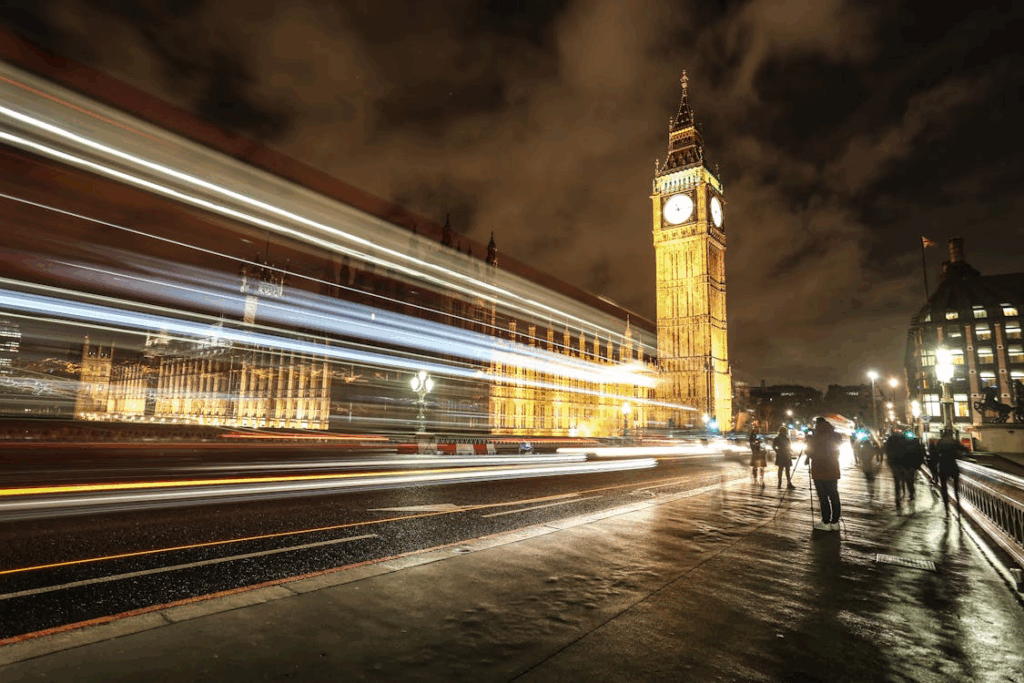Tears stream down your face at weddings, reunions, or moments of triumph. Yet, nothing sad has happened. These are tears of joy, one of humanity’s most paradoxical emotional responses.
Crying when happy seems contradictory, but neuroscience reveals it’s actually a sign of emotional balance. When strong positive feelings overwhelm the brain, tears act as a physiological release valve, helping restore equilibrium between emotion and control.
The Brain’s Emotional Overflow
Crying, whether from sadness or joy, originates in the limbic system, the brain’s emotional hub. Specifically, the amygdala and hypothalamus coordinate emotional arousal, while the parasympathetic nervous system manages recovery.
In moments of intense happiness, dopamine and oxytocin flood the brain, producing warmth, connection, and euphoria. But that chemical rush can be so intense that it overwhelms the nervous system. Tears emerge as a way to rebalance emotional intensity.
Neuroscientists describe this as emotional homeostasis, which refers to the body’s attempt to stabilize extreme highs or lows. Crying helps transition the nervous system from arousal to calm, turning an emotional surge into cathartic relief.
Check out What Happens in the Brain When You Fall in Love to see how bonding chemicals prime feelings.
Why Opposite Emotions Share the Same Reaction
It may seem strange that the body responds the same way to grief and joy, but the overlap reflects how intertwined emotions really are. Both happiness and sadness activate similar neural pathways, differing mainly in the brain’s interpretation of context.
Dr. Oriana Aragon, a psychologist who studies “dimorphous expressions” (when emotions appear opposite to what we feel), found that happy crying helps regulate overwhelming positive emotion. By pairing intense joy with an outward expression typically linked to sadness, the brain maintains emotional balance.
That’s why people cry when meeting a newborn, watching a child graduate, or reuniting with someone they love. The feeling of joy is so profound that it borders on vulnerability. The brain blends pleasure with awe and relief, and tears emerge to release the excess.
Read Can You Train Your Brain to Be Happier? for simple habits that support emotional balance.
Tears as Social Signal
Beyond regulation, tears of joy serve a powerful social function. They communicate sincerity, depth, and emotional honesty. Crying shows others that the moment truly matters to you, strengthening connection and empathy.
When someone cries from happiness, observers often experience emotional contagion, triggering oxytocin release in both parties. This shared physiological response fosters bonding and trust, explaining why joyful tears usually accompany major life events that bring people together.
In evolutionary terms, tears may have developed as a nonverbal cue of safety and vulnerability. It’s a way to show peaceful intent. Unlike other emotional displays (like shouting or laughter), crying is disarming, inviting comfort and closeness.
Cultural and Personal Differences
Not everyone cries easily, and cultural norms shape how we express emotion. In some societies, open weeping during happy moments is celebrated; in others, it’s restrained. Yet studies show that people who allow themselves to cry when moved report higher emotional well-being afterward. Suppressing tears prolongs physiological arousal, while expressing them helps the nervous system return to baseline faster.
Why It Feels So Good
Crying releases stress hormones like cortisol through tears, reducing tension and restoring calm. It also stimulates the vagus nerve, which slows heart rate and deepens breathing. It’s another reason you feel lighter after a good cry.
So, those happy tears at your friend’s wedding or during a powerful movie scene aren’t strange at all—they’re a sophisticated emotional reset. Your brain is saying, “This moment matters,” and your body is helping you feel it fully.
Explore The Subtle Science of Why Compliments Matter So Much to see how warmth deepens social bonds.
The Paradox That Heals
Crying when happy reflects the beautiful complexity of human emotion. It shows that our brains don’t separate feelings neatly into categories. They blend, overlap, and overflow. Tears bridge that space, transforming emotional intensity into peaceful balance.
In the end, happy crying isn’t a contradiction; it’s a celebration of being alive enough to feel deeply.




